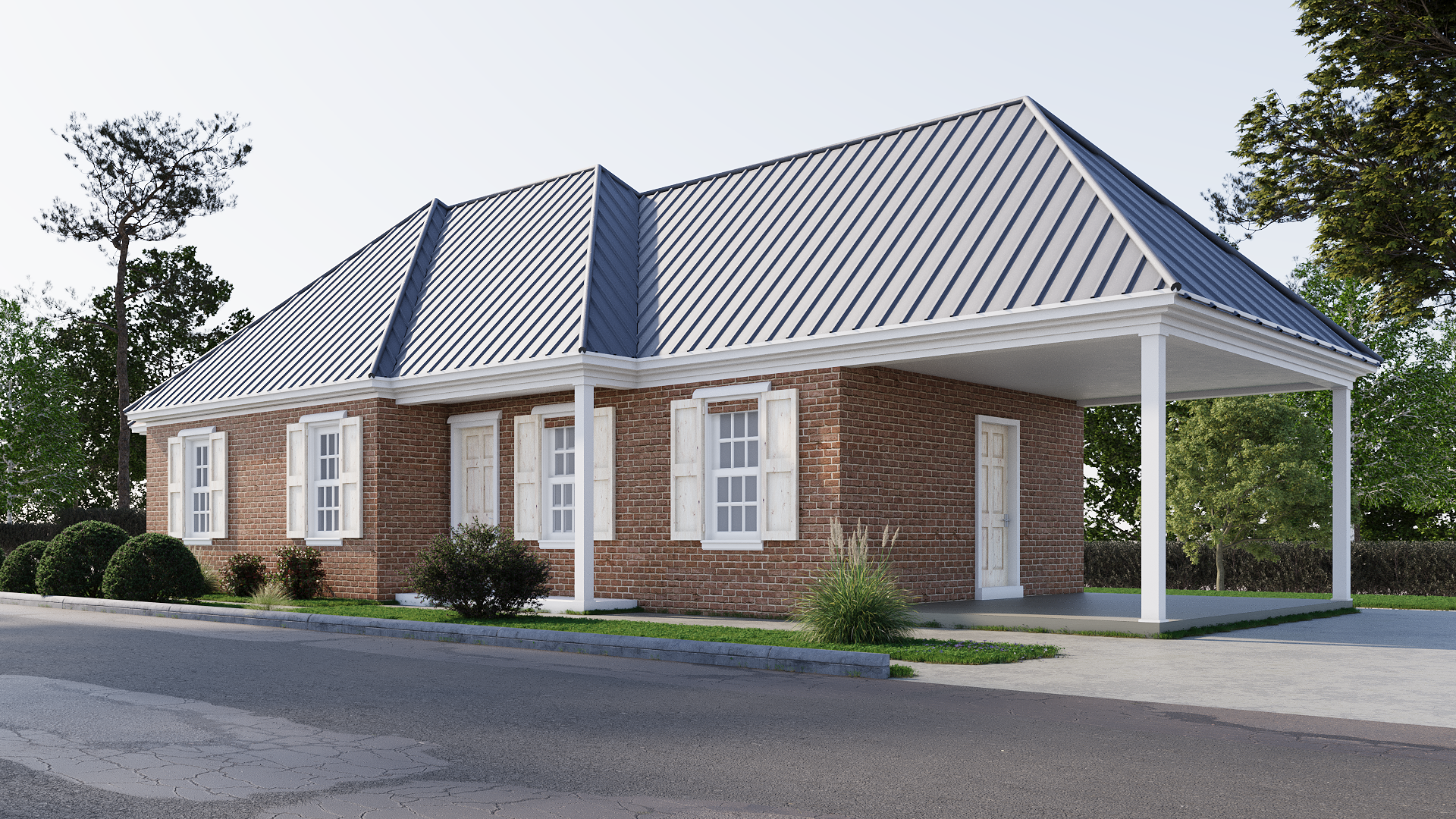
5 Tips To Maintain Trust In An Architect-Client Relationship
Building and maintaining trust in an architect-client relationship is essential for the success of any project. Trust forms the foundation of effective communication, collaboration, and mutual respect, all of which are crucial to delivering a design that meets or exceeds the client’s expectations. Trust is the foundation of any relationship between architect and client, and cultivating trust has huge benefits: repeat clients, patience when challenges arise, and referrals to new clients. But a weak or eroded sense of trust can harm your reputation, cost you future business, and even drive clients toward litigation.
Here are seven key tips to help architects maintain trust with their clients:
1. Communicate Transparently
Open and honest communication is the cornerstone of trust. Clients need to feel informed about the project’s progress, challenges, and any changes that may arise. Regular updates and clear explanations help manage expectations and prevent misunderstandings. Schedule consistent meetings or calls to discuss the project’s status, any concerns, and next steps. If problems arise, address them promptly and openly. Clients appreciate knowing the truth, even if it’s not always positive. Ensure that all communication is clear and accessible, avoiding overly technical language that could confuse the client. Transparent communication builds confidence and ensures that clients feel involved and informed, fostering a strong and trusting relationship.
2. Set Clear Expectations from the Start
Establishing clear expectations early on in the project helps avoid conflicts and misunderstandings later. This includes defining the scope of work, project timelines, budgets, and deliverables.
Tips:
- Detailed Contracts: Use comprehensive contracts that outline all aspects of the project, including timelines, costs, and responsibilities.
- Discuss Goals and Priorities: Have a thorough discussion with the client about their goals, needs, and priorities. Make sure you’re both on the same page before starting the project.
- Outline the Process: Explain the design and construction process to the client so they know what to expect at each stage.
Outcome:
When both parties understand what is expected, it creates a solid foundation for trust and reduces the likelihood of disputes as the project progresses.
3. Deliver on Promises
Consistently delivering on promises is crucial to maintaining trust. Clients need to know they can rely on you to meet deadlines, stay within budget, and produce high-quality work.
Tips:
- Meet Deadlines: Commit to realistic timelines and stick to them. If delays are unavoidable, communicate them as early as possible.
- Quality Assurance: Ensure that every aspect of your work meets the highest standards, from initial designs to final construction.
- Stay Within Budget: Adhere to the agreed-upon budget, and discuss any potential changes with the client before proceeding.
Outcome:
Reliability and consistency in delivering on promises reinforce the client’s trust in your professionalism and commitment to the project.

4. Show Respect for the Client’s Vision
While architects bring expertise and creativity to a project, it’s essential to respect the client’s vision and preferences. Collaboration should be a two-way street where the client’s ideas are valued and incorporated. Take the time to listen to the client’s ideas, concerns, and feedback. Show that you understand their vision and are committed to realizing it.
Regularly seek feedback and make adjustments as needed to align the design with the client’s expectations. Find a balance between your creative ideas and the client’s desires, ensuring that the final design reflects their personality and goals. Respecting the client’s vision fosters a collaborative environment where the client feels valued, which is key to building and maintaining trust.
5. Be Responsive and Accessible
Clients value architects who are accessible and responsive to their needs and concerns. Being available to answer questions, address issues, and provide updates helps build trust and demonstrates your commitment to the project.
Tips:
- Prompt Responses: Aim to respond to client inquiries as quickly as possible, even if it’s just to acknowledge their message and provide a timeline for a full response.
- Open Channels of Communication: Make it easy for clients to reach you through various channels, whether by phone, email, or in-person meetings.
- Proactive Communication: Don’t wait for the client to reach out—be proactive in providing updates and checking in on their satisfaction with the project’s progress.
Outcome:
When clients know they can reach you easily and receive prompt attention, they feel secure and valued, which strengthens their trust in your relationship.
Conclusion
Trust is the foundation of any successful architect-client relationship. By focusing on transparent communication, setting clear expectations, delivering on promises, respecting the client’s vision, being responsive, maintaining professional integrity, and providing extra value, architects can build and sustain strong, trust-based relationships with their clients.
These practices not only lead to successful projects but also foster long-term partnerships, client satisfaction, and positive word-of-mouth, all of which are invaluable for your architectural practice’s growth and reputation.


